-
Best selling package -
Selected Package -
Popularity package -
Exclusive package -
High salary package






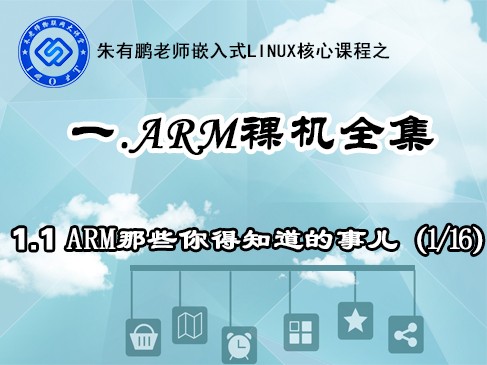
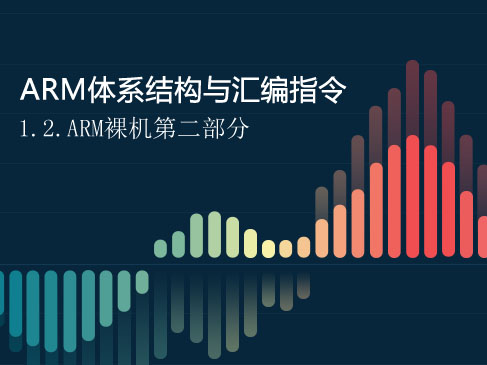
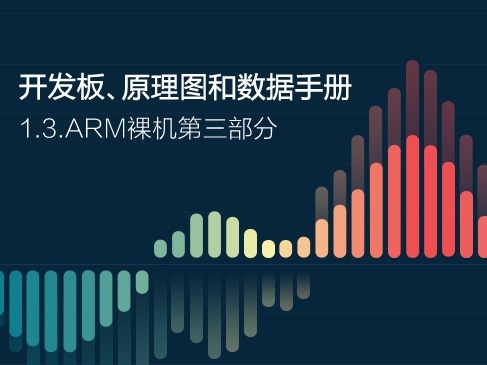
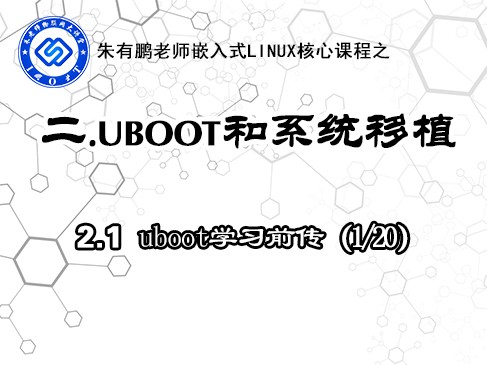
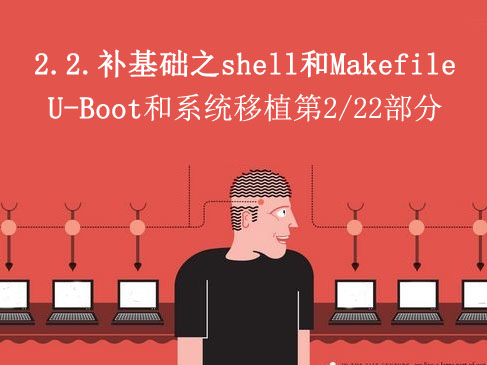
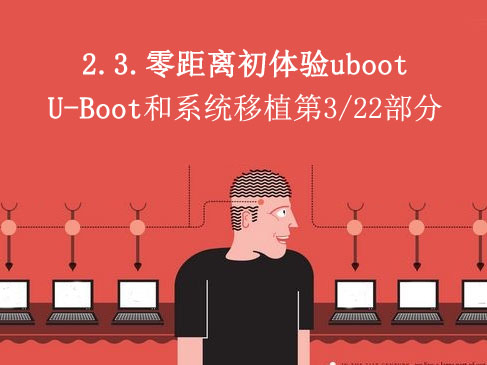



-
Course Introduction -
Course outline
one 4.9.1. Importing Linked Lists This section introduces the concept of linked list from the defect of array, so that we can naturally understand the meaning and purpose of linked list. "Only for paying users" Click to download "4.9. Linked List&State Machine and Multithreading. txt" [38:13] Start learning two 4.9.2. Implementation of Single Linked List This section introduces the idea and programming implementation of single linked list, focusing on the encapsulation and implementation of linked list nodes. "Only for paying users" Click to download "4.9. Linked List&State Machine and Multithreading. txt" [32:52] Start learning three 4.9.3. Insertion Node of Single Linked List Algorithm This section describes the first algorithm of single linked list operation, node insertion. This paper mainly introduces two different algorithms: head insertion and tail insertion. "Only for paying users" Click to download "4.9. Linked List&State Machine and Multithreading. txt" [35:23] Start learning four 4.9.4. Algorithm of Single Linked List Insert Node Continued This section is about the programming practice of inserting nodes at the end of the linked list. It takes you to write code to insert nodes from the end. "Only for paying users" Click to download "4.9. Linked List&State Machine and Multithreading. txt" [30:18] Start learning five 4.9.5. Insert a New Node from the Linked List Header This section is about the programming practice of inserting the head of the linked list. It takes you to write code to insert nodes from the head. "Only for paying users" Click to download "4.9. Linked List&State Machine and Multithreading. txt" [26:54] Start learning six 4.9.6. Algorithm Traversal Node of Single Linked List This section is the second algorithm of single linked list: the principle and programming implementation of traversing linked list. "Only for paying users" Click to download "4.9. Linked List&State Machine and Multithreading. txt" [32:30] Start learning seven 4.9.7. Delete Node of Single Linked List Algorithm This section implements the third algorithm of single linked list: delete the specified node. "Only for paying users" Click to download "4.9. Linked List&State Machine and Multithreading. txt" [35:15] Start learning eight 4.9.8. Reverse order of single linked list algorithm This section introduces the last algorithm of single linked list: linked list inversion, which is also the most difficult algorithm we deal with. "Only for paying users" Click to download "4.9. Linked List&State Machine and Multithreading. txt" [31:35] Start learning nine 4.9.9. Introduction and Basic Implementation of Double linked List This section analyzes the defects of the single linked list, introduces the double linked list, and programs the nodes of the double linked list. "Only for paying users" Click to download "4.9. Linked List&State Machine and Multithreading. txt" [20:25] Start learning ten 4.9.10. Insertion node of double linked list algorithm This section explains the first algorithm of double linked list: insert node. It is also divided into head insertion and tail insertion. "Only for paying users" Click to download "4.9. Linked List&State Machine and Multithreading. txt" [35:26] Start learning eleven 4.9.11. Double linked list algorithm traversal node This section explains the second algorithm of double linked list: traversing nodes. "Only for paying users" Click to download "4.9. Linked List&State Machine and Multithreading. txt" [23:57] Start learning twelve 4.9.12. Delete Node of Double linked List Algorithm This section introduces the algorithm of deleting nodes from double linked lists and carries out programming practice. "Only for paying users" Click to download "4.9. Linked List&State Machine and Multithreading. txt" [29:09] Start learning thirteen 4.9.13. Linux kernel linked list This section introduces the kernel linked list by analyzing some defects of the linked list we talked about, and introduces the design ideas and main features of the kernel linked list. "Only for paying users" Click to download "4.9. Linked List&State Machine and Multithreading. txt" [33:11] Start learning fourteen 4.9.14. Basic algorithm and usage introduction of kernel linked list This section introduces the basic algorithm implementation of the kernel linked list and the use of the kernel linked list. Guang'an uses the kernel linked list in the kernel code, especially in various drivers. "Only for paying users" Click to download "4.9. Linked List&State Machine and Multithreading. txt" [25:25] Start learning fifteen 4.9.15. What is a state machine This section introduces the definition and classification of the state machine from the theoretical point of view, and then analyzes the main uses, application directions and problems to be solved of the state machine, so that we can understand why there is a state machine. "Only for paying users" Click to download "4.9. Linked List&State Machine and Multithreading. txt" [29:07] Start learning sixteen 4.9.16. Implementation of simple state machine in C language This lesson uses C language to implement a simple state machine. The purpose is to further understand the implementation of the state machine, what the state machine has achieved, and what problems it has solved. "Only for paying users" Click to download "4.9. Linked List&State Machine and Multithreading. txt" [25:25] Start learning seventeen 4.9.17. Introduction to Multithreading This lesson briefly introduces the concept of multithreading and multithreading programming, which is the beginning of using multithreading in later application programming. "Only for paying users" Click to download "4.9. Linked List&State Machine and Multithreading. txt" [19:11] Start learning
-
Chapter -
Data name -
file size -
download
-
one 4.9. Linked List&State Machine and Multithreading. txt -
- -
Click Download
-
two 4.9. Linked List&State Machine and Multithreading. txt -
- -
Click Download
-
three 4.9. Linked List&State Machine and Multithreading. txt -
- -
Click Download
-
four 4.9. Linked List&State Machine and Multithreading. txt -
- -
Click Download
-
five 4.9. Linked List&State Machine and Multithreading. txt -
- -
Click Download
-
six 4.9. Linked List&State Machine and Multithreading. txt -
- -
Click Download
-
seven 4.9. Linked List&State Machine and Multithreading. txt -
- -
Click Download
-
eight 4.9. Linked List&State Machine and Multithreading. txt -
- -
Click Download
-
nine 4.9. Linked List&State Machine and Multithreading. txt -
- -
Click Download
-
ten 4.9. Linked List&State Machine and Multithreading. txt -
- -
Click Download
-
eleven 4.9. Linked List&State Machine and Multithreading. txt -
- -
Click Download
-
twelve 4.9. Linked List&State Machine and Multithreading. txt -
- -
Click Download
-
thirteen 4.9. Linked List&State Machine and Multithreading. txt -
- -
Click Download
-
fourteen 4.9. Linked List&State Machine and Multithreading. txt -
- -
Click Download
-
fifteen 4.9. Linked List&State Machine and Multithreading. txt -
- -
Click Download
-
sixteen 4.9. Linked List&State Machine and Multithreading. txt -
- -
Click Download
-
seventeen 4.9. Linked List&State Machine and Multithreading. txt -
- -
Click Download











